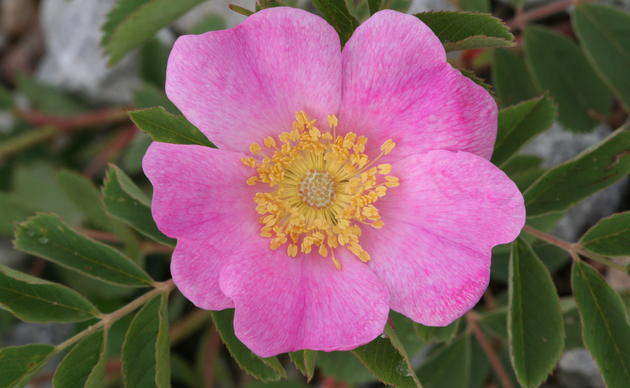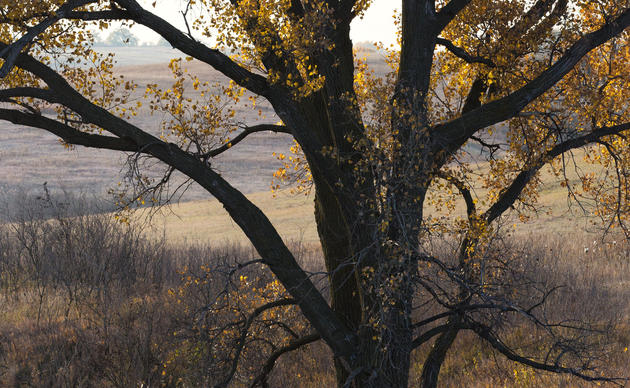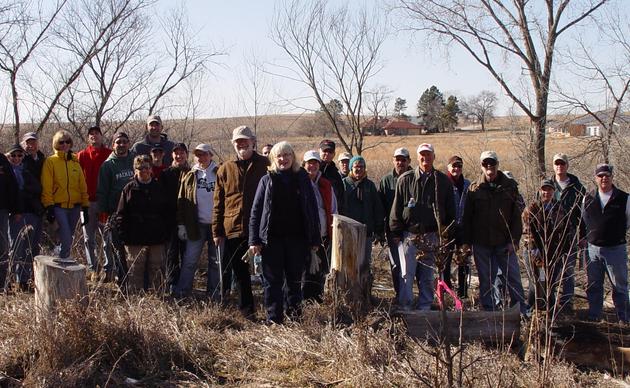Tallgrass prairie is the native landscape of eastern Nebraska. It is an ecosystem that is highly imperiled: only 2% of our original prairie remains. Our 1,160-acre tallgrass prairie sanctuary represents one of the largest intact native prairies in southeastern Nebraska. The site anchors a network of protected tallgrass prairie that provides essential habitat for grassland birds and other wildlife that have few refuges left in our altered landscape.
With our conservation program, we maintain a vibrant tallgrass prairie community here at the Center and work with the regional community to promote a larger, interconnected network of well-managed working lands that can support healthy and sustainable populations of grassland birds and other wildlife.
In 2024, SCPAC was awarded a grant from the Nebraska Environmental Trust, "Tallgrass Prairie Conservation and Restoration at Spring Creek Prairie and across the Denton Hills Landscape." To meet the challenges of managing tallgrass prairie today, Spring Creek Prairie Audubon Center will work with landowners across the Denton Hills to restore or improve tallgrass prairie habitats; restore 310 acres of tallgrass prairie and associated riparian woodlands; and use the Center as a demonstration site for management techniques and restoration practices to provide educational and training opportunities for landowners, land managers, and the general public as they relate to land management, water quality protection, and ecosystem health.
Ongoing tallgrass prairie conservation here involves active habitat management coupled with monitoring to assess the effectiveness of our efforts. Rotating prescribed fire, grazing and haying, and rest in patches across the property simulates the natural forces (wildfires, bison and other large grazers) that built and sustained the prairie over thousands of years. We also constantly identify and control invasive species that could damage the system if left unchecked.
Working beyond our property boundaries, we share our expertise and time with our neighbors to help them manage their land in ways that provide grassland habitat value. As an active member of the Tri County Prescribed Burn Association, we are helping to increase the use of prescribed fire to maintain healthy grassland in the region. The major benefits of this partnership are establishing a central location at SCP for TCPBA to store equipment and utilizing the footprint of the burn association to connect with local landowners.



